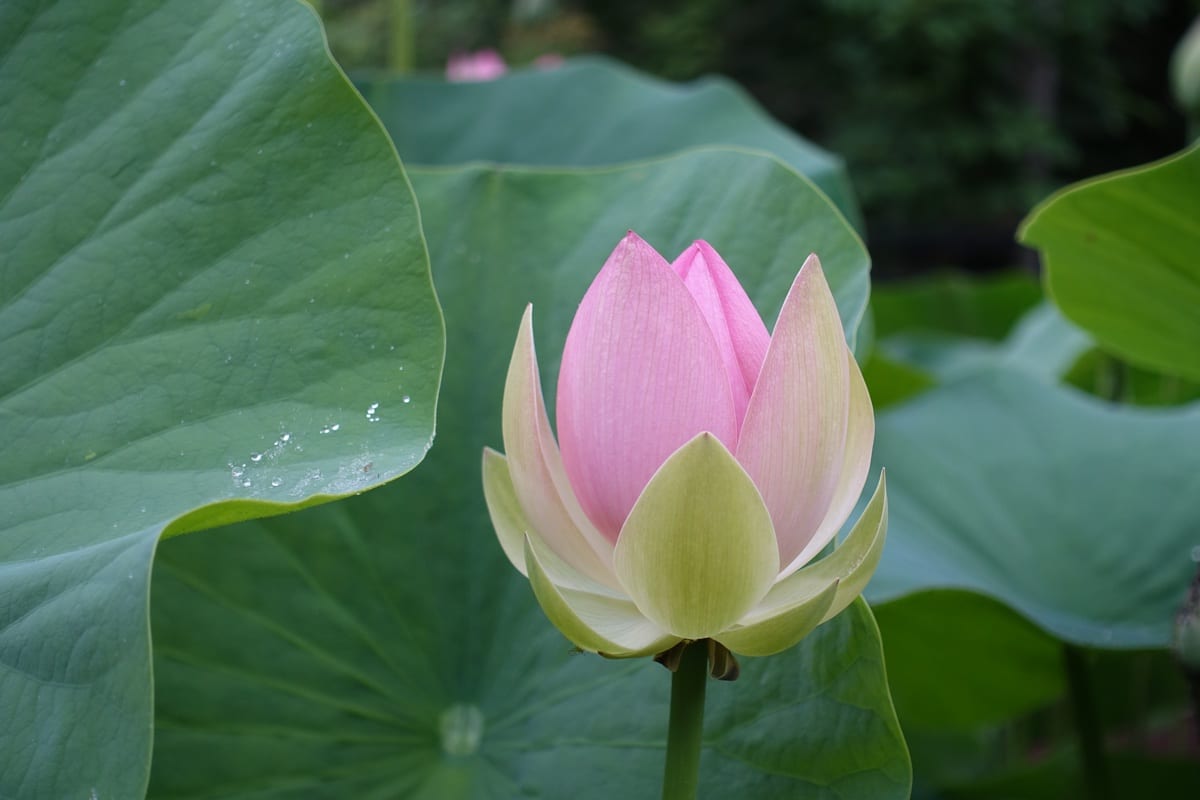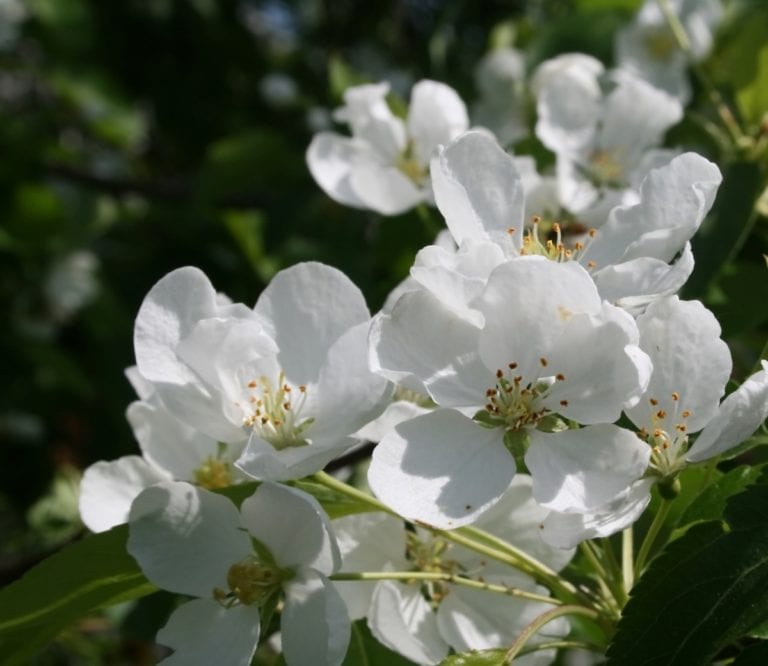March 2020 Audio Meditation
For those of you who would prefer a meditation with images of nature, here’s the youtube version:
Meditations, experiments, books and guided meditations to assist with nourishing spirituality, healing childhood wounds, and living more consciously.
Meditations, experiments, books and guided meditations to assist with nourishing spirituality, healing childhood wounds, and living more consciously.

For those of you who would prefer a meditation with images of nature, here’s the youtube version:

Here’s the YouTube version of the audio meditation with images:

For those who would prefer a guided meditation with visual images, here’s a link to the youtube version: https://youtu.be/vP9ILva4lh4

This month, we continue our focus on frequencies for this year. For this month, we bring our awareness to generosity, spending time experiencing this frequency and imagining what it brings into our awareness and into our lives.
For those you who prefer a meditation with images of nature, here’s our YouTube version of this meditation…

Here’s this month’s audio meditation. In it, we continue our focus on wholeness within ourselves and within every other kind of earth-kin…
If you’d rather see images with this meditation, here’s the version on YouTube…
I find myself having to very consciously return to heart perception many times a day these days. I find that this perception adds in a different, or maybe more expanded, perspective to whatever I might experience in a given moment. Especially when I feel activated or discouraged, Read More “Week 654: Returning to Heart Perception”

This month, we continue with radiating love and this time we radiate it to all our earth-kin, calling forth our optimal relationship with them. Sending love to the optimal relationship between our human family and our family of earth-kin, noticing how the heart expands its ability to include all life in its loving presence.
Here’s the audio version of this month’s meditation:
If you would prefer to do the YouTube version with images from nature: